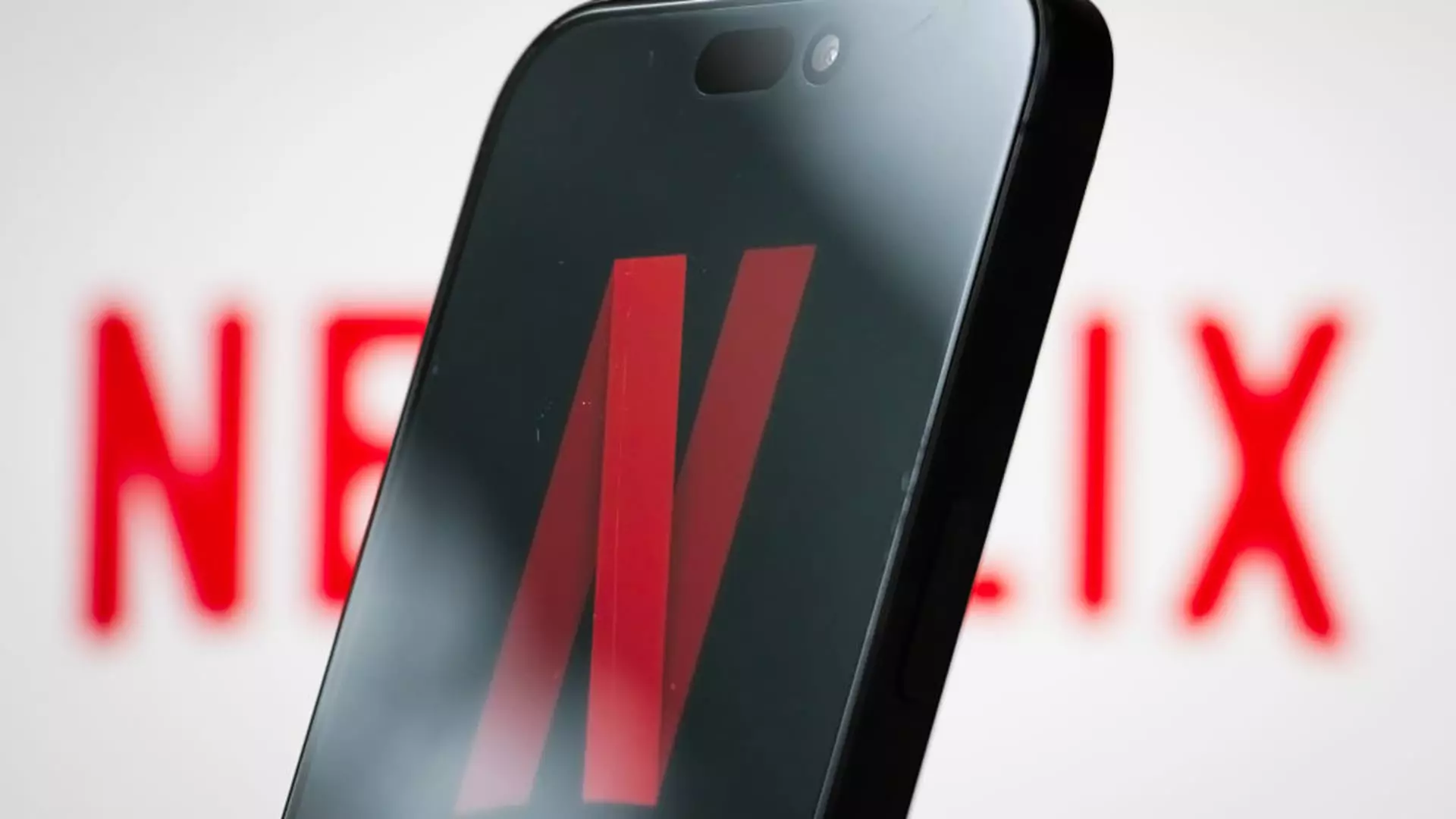Netflix, a juggernaut in the streaming industry, recently embarked on an ambitious journey to overhaul its homepage experience, signaling a radical shift in how users will engage with its expansive library. The newly designed interface caters to viewers’ preferences, focusing on creating a seamless and enjoyable experience that enhances convenience and accessibility. The emphasis is clear: in an age where countless alternatives compete for attention, Netflix understands that survival requires nimbleness and a keen insight into user behavior. This is not merely a cosmetic upgrade; it’s part of a comprehensive strategy to not only attract but also retain a diverse audience amid fierce competition.
The introduction of a vertical video feed might raise eyebrows among traditionalists who prefer the classic horizontal presentations associated with television viewing. However, it’s important to recognize this move aligns with contemporary viewing habits, particularly among younger demographics who prioritize mobile and social interactions. By incorporating a format reminiscent of TikTok, Netflix demonstrates its willingness to adapt and innovate—qualities that are essential in this fast-paced digital landscape.
Embracing AI for Personalization
Perhaps the most intriguing aspect of Netflix’s transformation lies in its exploration of generative artificial intelligence in collaboration with OpenAI. This ambitious integration aims to elevate personalization to an unprecedented level, tailoring content recommendations to the nuanced tastes and moods of individual viewers. As Chief Technology Officer Elizabeth Stone articulated, the ability to use specific phrases for content search could revolutionize how we discover programming, reflecting a deeper understanding of user needs. Generic recommendations are no longer enough; increasingly, viewers crave tailored experiences that align seamlessly with their interests at any given moment.
The prospect of AI-enhanced searching capabilities could redefine user interactions. Are we on the cusp of a future where users are liberated from navigating complex menus? Instead, will content find them based on real-time preferences? If executed effectively, this innovation could transform Netflix into a highly intuitive viewing platform, tapping into emotions and contextual cues that dictate what we want to watch—even before we consciously know it.
Keeping Pace in a Competitive Landscape
In light of escalating competition with major players like Disney and Warner Bros., Netflix’s strategic overhaul is undeniably timely. Services across the streaming spectrum are vying for consumer dollars, often employing various tactics to not only acquire new customers but to retain existing subscribers. For Netflix, this transformation represents both a response to competition and a proactive strategy designed to stay ahead of the curve. The company previously made headlines with a cheaper, ad-supported option and a crackdown on password sharing, both of which indicate a conscious pivot toward sustaining growth following a plateau in customer acquisition.
The recent surge in paid memberships—300 million as of January, marking a record high—illustrates the efficacy of these adjustments. With added features to enhance user experience, Netflix is not just seeking to optimize its offerings but also recapturing its position as a leader in a crowded market.
Recognizing and Adapting to Viewing Habits
Eunice Kim, Chief Product Officer, aptly noted the “eye gymnastics” that traditional navigation schemes demand. This acknowledgment is critical; the battle for viewer attention is fierce and any friction in user experience can lead to disengagement. By transforming how users interact with content, Netflix is not only making a technological upgrade but also a cultural shift in viewing practices. The reality is that consumer preferences are evolving, and the digital space demands platforms that can adapt quickly.
Delivering an experience that values simplicity and responsiveness could inspire loyalty among the user base. By leaning into features that allow users to save or share clips seamlessly with friends, Netflix acknowledges the social aspect of content consumption that younger audiences cherish. Essentially, they are revolutionizing entertainment into a shared experience—a vital component for building lasting connections.
This transformative period for Netflix serves as a reminder that continuous evolution is essential in the technology and entertainment sectors. While some viewer apprehension is understandable when faced with significant changes, the potential benefits of enhanced personalization, coupled with a commitment to user-centered design, bodes well for the future of streaming. In the end, Netflix’s ability to marry innovation with understanding could well dictate its trajectory in tomorrow’s entertainment landscape.

